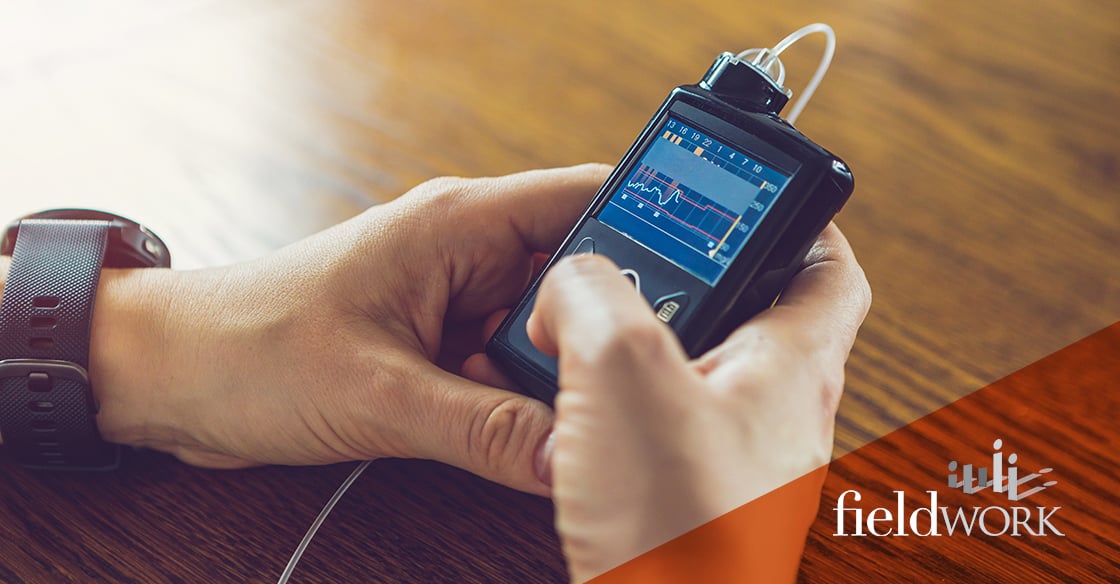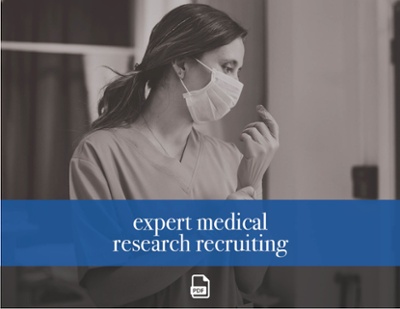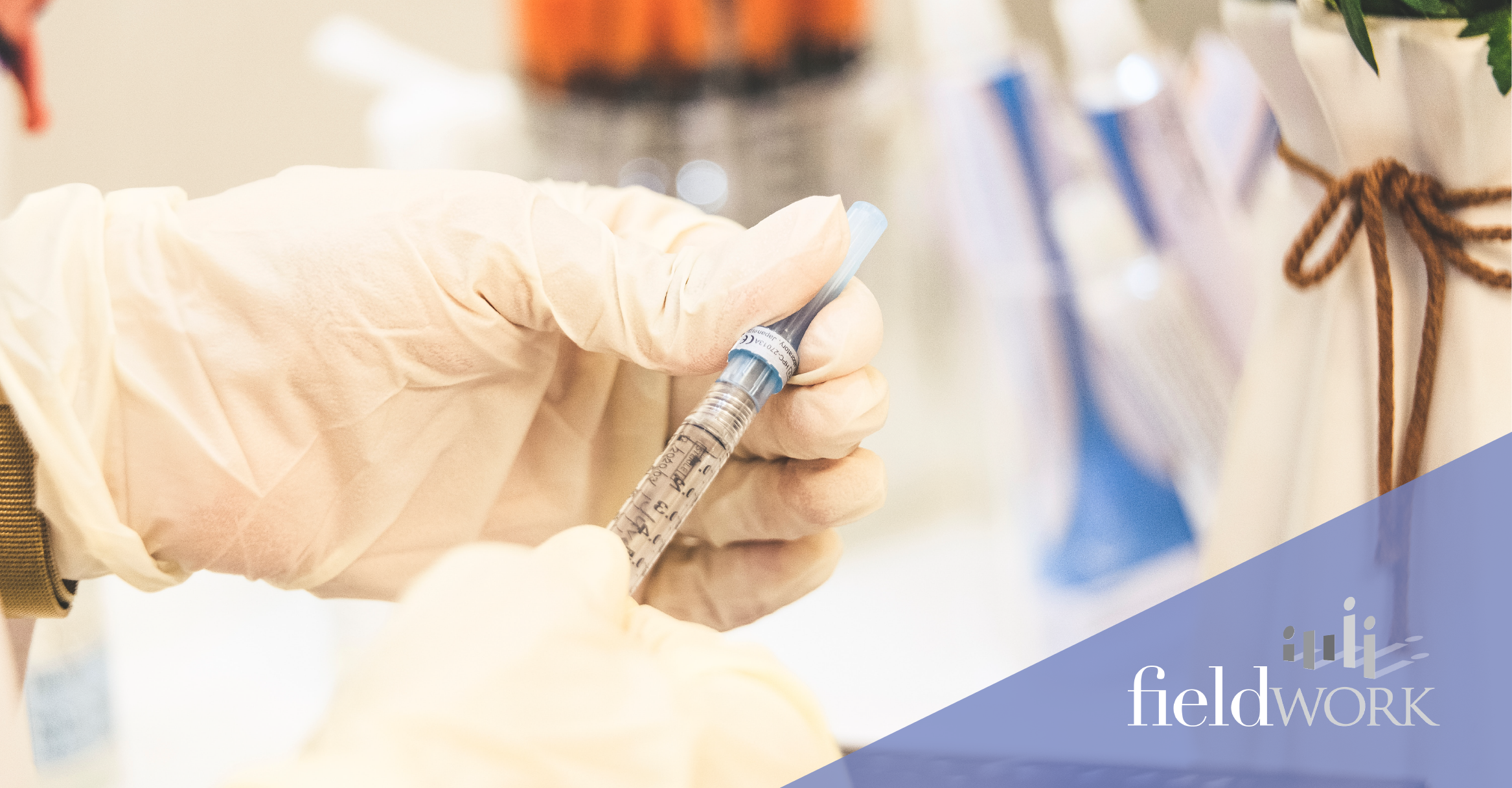The medical device industry is booming. Innovative companies are pioneering technology, bringing new products to market and significantly upgrading existing devices, to better patients’ lives.
Medical device regulations continuously change leaving manufacturers to face a number of compliance challenges. Companies facing these challenges need a medical device research partner with the expertise and flexibility to handle multiple projects at various stages along with the understanding of nuanced needs.
Testing a medical device comes with extensive and specific requirements that set it apart from a consumer product testing project. Stage-specific details need to be managed before, during and after testing to ensure all elements are performed according to specifications from engineers, ASTM requirements, ISO standards and FDA regulators alike.
When considering the overall success of each project, we’ve highlighted five key issues and how they need to be carefully managed before, during, and after the study. These issues are related to recruiting, confidentiality, protocols, decay times and accessibility accommodations.
Recruitment
Data and insights from the right respondents are critical for successful human factors testing. Recruiting hard-to-reach people in the right place at the right time is the job of a quality partner who understands the specific challenges and needs of medical device research recruiting. This likelihood for low-incidence needs highlights the importance of access to both national and local databases.
Before the recruitment can begin, review of the screener should be done with an expert medical recruiting team. These well-connected experts listen to the needs of the study and keep recruiting efforts in alignment with study requirements and goals. As the facility prepares for the day of the study, work continues to make sure participants are confirmed and last-minute no-shows are replaced with ready and willing alternates. When the study has concluded, respondents need to be compensated for their time and final confirmation of compensation sent to the client.
Confidentiality
Maintaining the confidentiality of projects can be one of the most important factors when choosing a third-party research partner. Confidentiality is not only an issue of maintaining legal records of agreements between participants, facility directors and manufacturers, but it is also an issue of proper communication at all stages of the study.
At the earliest possible part of the screening process, potential research participants should be made aware of the full scope of confidentiality requirements. Clarity regarding details of NDAs and how long they need to be maintained is an essential part of the onboarding process for each participant. Once these NDAs are collected and verified, however, the process is not complete.
During human factors testing, medical device prototypes are examined and discussed. Confidentiality agreements cover any discussions a participant might have, even at this juncture of the study. Research facility staff members should be well informed about how to offer reminders to participants to adhere to the non-disclosure agreement as they enter the facility and as they leave for measured decay times or for breaks. As the study concludes, measures should be taken to provide adequate reminders of confidentiality requirements that extend beyond the actual time when the study was conducted.
Additional confidentiality concerns arise when human factor testing is being done remotely. While there are situations where virtual research is key to the completion of medical device testing, such as a global pandemic or immobility of participating patients, confidentiality needs to be managed with attention to detail.
Protocols
When maintenance of proper protocols for handling devices are done by a trusted third-party, clear instructions should be provided including number of devices to be received, any specific storage requirements, timeframe for receipt and instructions for return.
Consideration should be made toward delivery requirements and timetables for both in-person and virtual research. If face-to face research will be conducted in a focus group facility or a practitioner’s setting delivery of those devices can be made in bulk and manifests confirmed both upon inception and completion. When virtual research is being conducted, a list of tracking numbers for delivery to and from participants should be maintained. Alternate participants are included on that list to ensure all devices, even if unused, are returned properly. An experienced vendor will be familiar with these protocols.
Environment and Decay Times
Human factors validation testing seeks to observe respondents in the best representation of real-life environments. Some devices are made to only be used within a clinical setting, but when it's possible to replicate the environment it allows the ability to control security, safety and distractions. If a device is intended for use in other places such as in a participant's residence, a school setting, via telemedicine, a nursing home or the like, care should be taken to replicate that environment during testing as closely as possible.
When a patient begins to use any medical device, they are given proper instruction. That instruction may be given by a medical professional, a parent or delivered in written instruction. To further the goal of replicating the actual situation in which the medical device will be used, testing may need to accommodate decay periods in order to see if respondents have retained any of the knowledge provided by the original training or instruction.
Before a study is scheduled, a proper understanding of both the ultimate place of use and lapse of time in between instruction and use should be established and simulated as closely as possible. If multiple visits to the focus group facility will be required to ensure proper decay time in between additional observation and/or discussion, the respondent scheduling will need to be managed accordingly.
Accessibility
Medical devices are built with a specific user in mind. Often these users share a common disability or may have difficulty participating in a normal market research study. Accommodating patients with disabilities requires proper understanding of the specific accommodations needed before the study is booked at a specific facility.
Beyond ADA compliance, other issues such as sterility of venues for immunocompromised participants or even something as simple as providing a breastfeeding room for a nursing mom may be required for the day to run smoothly. Knowing these requirements before the venue is booked allows for better communication with the respondents early in the screening process. Letting potential research participants know how they will physically be accommodated in the facility may garner greater response rates and allow quotas to be properly filled with greater ease.
During the study, these accommodations should be communicated to all teams associated with the project. As medical device testing can involve long days, multiple visits to the venue or unusual configuration of rooms within a facility, all staff should be adequately informed so the actualization of any accommodation is maintained throughout the entire process.
Success when testing medical devices requires careful planning. This planning includes attention to detail before a project begins, while the project is in the field and even after the study has been concluded.
The medical industry continues to grow and change every day, and recruiting qualified health care professionals, patients and caregivers can make or break your medical research study. Click below to download our free guide that breaks down expert medical research recruiting.





